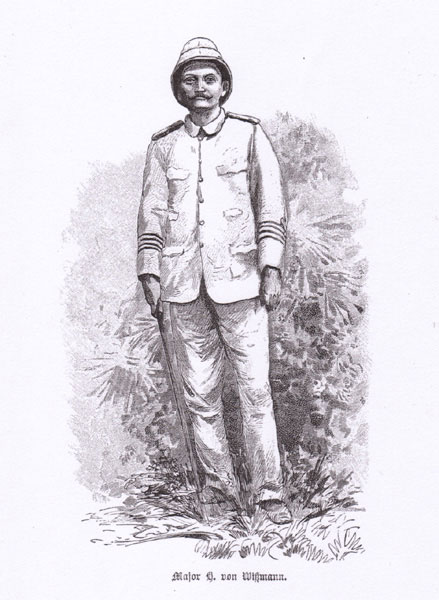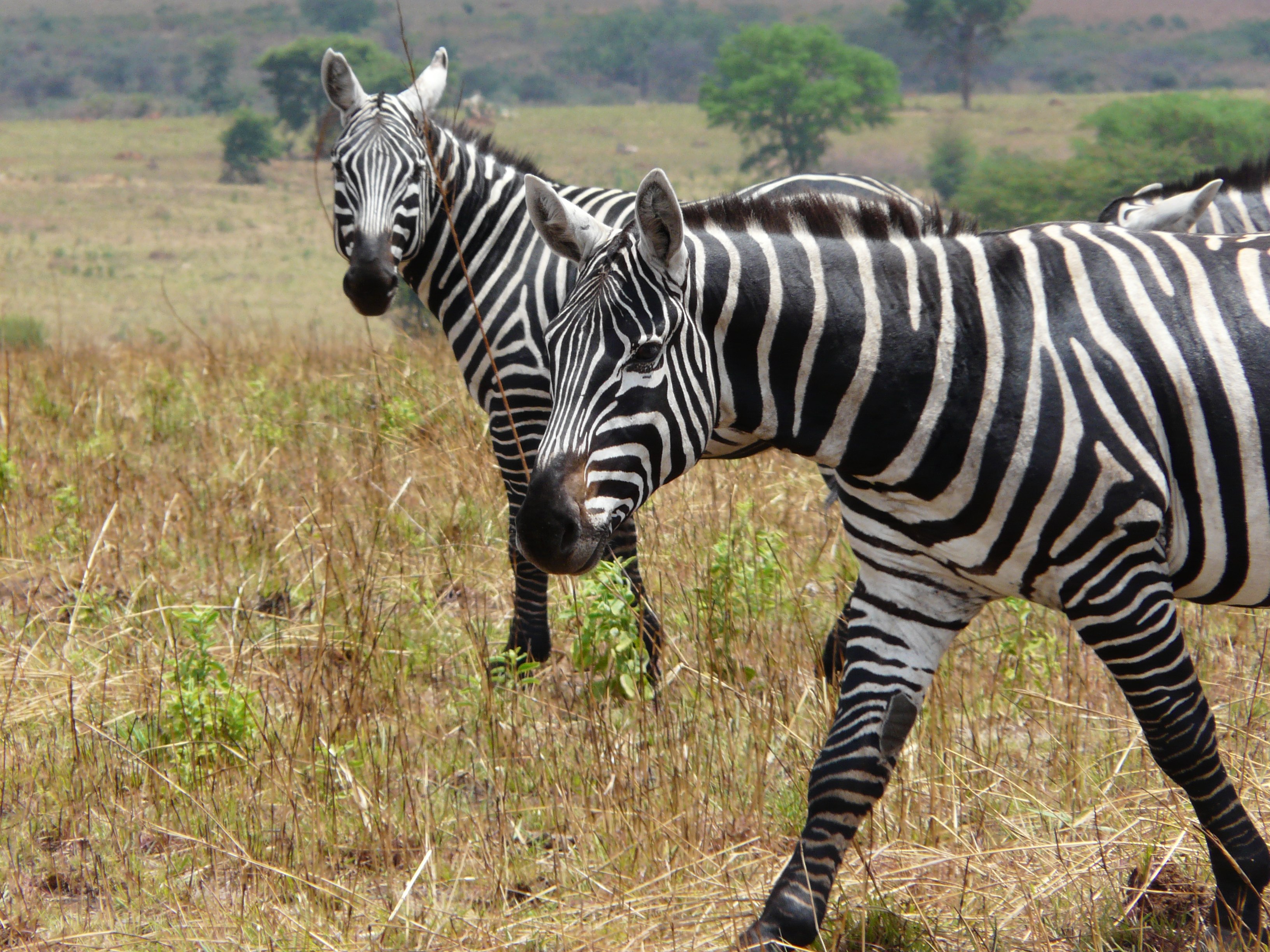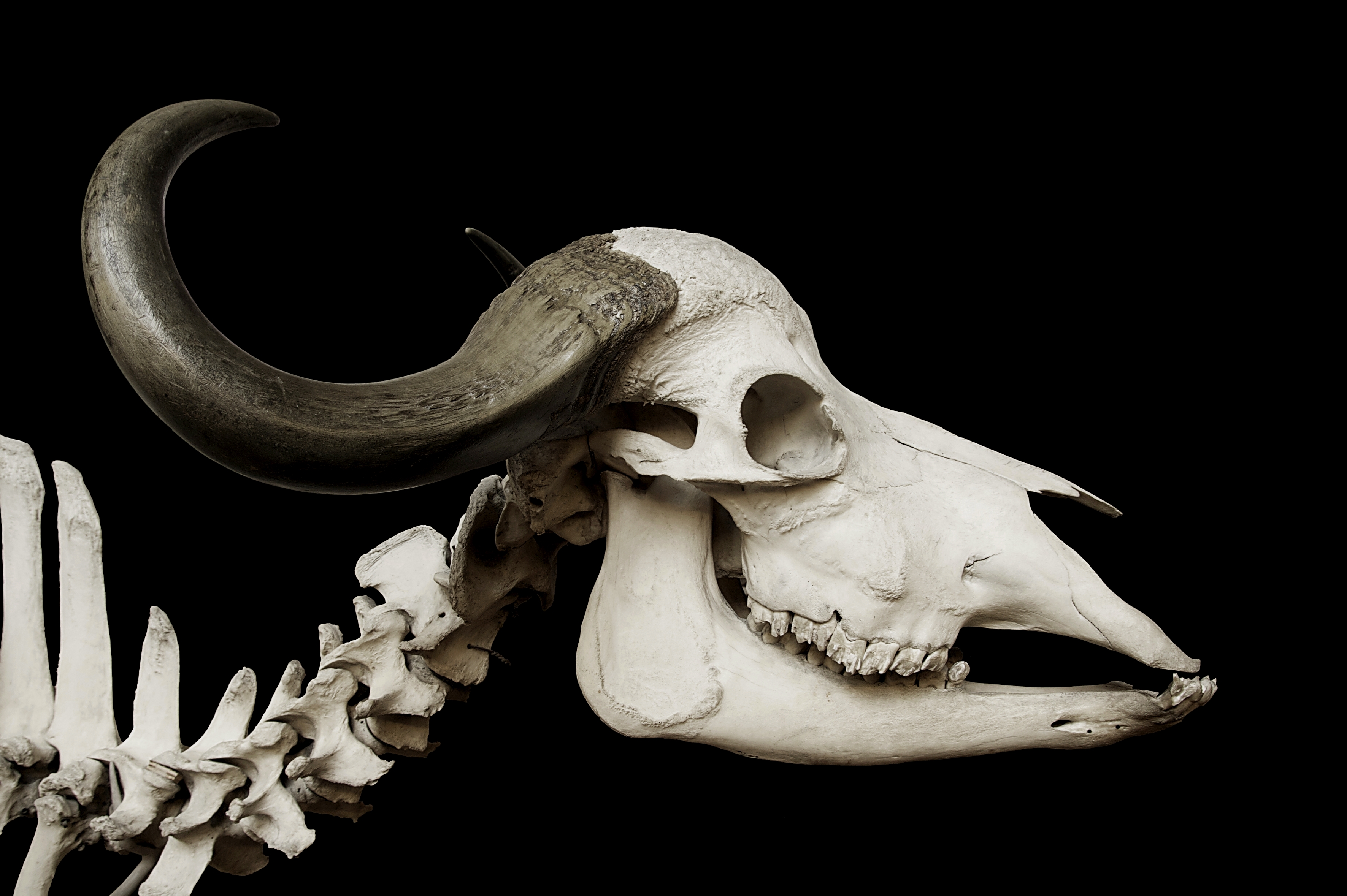|
Selous Game Reserve, Tanzania
The Selous Game Reserve, now renamed as Nyerere National Park (in-part), is a protected nature reserve and wilderness area in southern Tanzania, East Africa. It covers a total area of , with additional buffer zones, as well. It was designated a UNESCO World Heritage Site in 1982, owing to its high levels of biodiversity and vast, undisturbed natural landscapes, such as the grasslands and the ''miombo'' woodlands habitat. Among the numerous species within the park are some of the continent's largest and most iconic (and most vulnerable, threatened or endangered), such as the bush elephant, black rhinoceros, hippopotamus, lion, leopard, spotted hyena, painted dog, Cape buffalo, Masai giraffe, plains zebra, white-bearded gnu and the giant Nile crocodile. Due to the fragility and sensitivity of the many species and ecosystems within the park, human habitation is not permitted within its bounds, and all persons entering and exiting are tallied and tracked by the Wildlife Division of ... [...More Info...] [...Related Items...] OR: [Wikipedia] [Google] [Baidu] |
Tanzania
Tanzania, officially the United Republic of Tanzania, is a country in East Africa within the African Great Lakes region. It is bordered by Uganda to the northwest; Kenya to the northeast; the Indian Ocean to the east; Mozambique and Malawi to the south; Zambia to the southwest; and Rwanda, Burundi, and the Democratic Republic of the Congo to the west. According to a 2024 estimate, Tanzania has a population of around 67.5 million, making it the most populous country located entirely south of the equator. Many important hominid fossils have been found in Tanzania. In the Stone and Bronze Age, prehistoric migrations into Tanzania included South Cushitic languages, Southern Cushitic speakers similar to modern day Iraqw people who moved south from present-day Ethiopia; Eastern Cushitic people who moved into Tanzania from north of Lake Turkana about 2,000 and 4,000 years ago; and the Southern Nilotic languages, Southern Nilotes, including the Datooga people, Datoog, who originated fro ... [...More Info...] [...Related Items...] OR: [Wikipedia] [Google] [Baidu] |
Lion
The lion (''Panthera leo'') is a large Felidae, cat of the genus ''Panthera'', native to Sub-Saharan Africa and India. It has a muscular, broad-chested body (biology), body; a short, rounded head; round ears; and a dark, hairy tuft at the tip of its tail. It is sexually dimorphic; adult male lions are larger than females and have a prominent mane. It is a social species, forming groups called prides. A lion's pride consists of a few adult males, related females, and cubs. Groups of female lions usually hunt together, preying mostly on medium-sized and large ungulates. The lion is an apex predator, apex and keystone predator. The lion inhabits grasslands, savannahs, and shrublands. It is usually more diurnality, diurnal than other wild cats, but when persecuted, it adapts to being active nocturnality, at night and crepuscular, at twilight. During the Neolithic period, the lion ranged throughout Africa and Eurasia, from Southeast Europe to India, but it has been reduced to fr ... [...More Info...] [...Related Items...] OR: [Wikipedia] [Google] [Baidu] |
World War I
World War I or the First World War (28 July 1914 – 11 November 1918), also known as the Great War, was a World war, global conflict between two coalitions: the Allies of World War I, Allies (or Entente) and the Central Powers. Fighting took place mainly in European theatre of World War I, Europe and the Middle Eastern theatre of World War I, Middle East, as well as in parts of African theatre of World War I, Africa and the Asian and Pacific theatre of World War I, Asia-Pacific, and in Europe was characterised by trench warfare; the widespread use of Artillery of World War I, artillery, machine guns, and Chemical weapons in World War I, chemical weapons (gas); and the introductions of Tanks in World War I, tanks and Aviation in World War I, aircraft. World War I was one of the List of wars by death toll, deadliest conflicts in history, resulting in an estimated World War I casualties, 10 million military dead and more than 20 million wounded, plus some 10 million civilian de ... [...More Info...] [...Related Items...] OR: [Wikipedia] [Google] [Baidu] |
Frederick Selous
Frederick Courteney Selous, Distinguished Service Order, DSO (; 31 December 1851 – 4 January 1917) was a British people, British explorer, army British Army, officer, professional hunter, and conservation movement, conservationist, famous for his exploits in Southeast Africa. His real-life adventures inspired Sir Henry Rider Haggard to create the fictional character Allan Quatermain. Selous was a friend of Theodore Roosevelt, Cecil Rhodes and Frederick Russell Burnham. He was pre-eminent within a group of big game hunters that included Abel Chapman and Arthur Henry Neumann. He was the older brother of the ornithology, ornithologist and writer Edmund Selous. Early life and exploration Frederick Courteney Selous was born on 31 December 1851 at Regent's Park, London, as one of the five children of an upper middle class family, the third-generation descendant of a Huguenot immigrant. His father, Frederick Lokes Slous (original spelling) (1802–1892), was Chairman of the London S ... [...More Info...] [...Related Items...] OR: [Wikipedia] [Google] [Baidu] |
Hermann Wissmann
Hermann Wilhelm Leopold Ludwig Wissmann, after 1890 Hermann von Wissmann (4 September 1853 – 15 June 1905), was a German explorer and administrator in Africa. Biography Born in Frankfurt an der Oder, Wissmann was enlisted in the Prussian Army in 1870 and was commissioned a Lieutenant four years later. Wissmann served Mecklenburg in Füsilierregiment No. 90 posted at Rostock. During this time he had to serve a four-month prison sentence for wounding an opponent in a duel. An 1879 chance meeting with the explorer Dr. Paul Pogge changed his life. Granted a leave of absence from the army, in 1880, Wissmann accompanied explorer Paul Pogge on a journey through the Congo Basin. In the eastern Congo, Pogge and Wissmann parted company. Pogge stayed to build an agricultural research station for a Congolese chief, while Wissmann trekked to the Indian Ocean via present-day Tanzania. He was awarded the 1888 Founder's Medal of the Royal Geographical Society for his explorations. Afterwar ... [...More Info...] [...Related Items...] OR: [Wikipedia] [Google] [Baidu] |
List Of Governors Of Tanganyika
The colony of German East Africa () was founded in the 1880s, after the German explorer Carl Peters signed treaties with native chieftains on neighboring Zanzibar. On 3 March 1885, the government of the German Empire granted an imperial charter to the German East Africa Company, and a protectorate was established. German colonial rule in the region lasted until World War I, when the British occupied the colony during the East African campaign. The British territory of Tanganyika was established on 20 July 1922, when Britain acquired a mandate to administer the region as a result of Article 22 of the Covenant of the League of Nations. On 18 April 1946, the mandate was reorganized as a Trust Territory of the United Nations. Afterwards, the region remained under British administration until it gained independence on 9 December 1961 as Tanganyika. List (Dates in italics indicate ''de facto'' continuation of office) For continuation after independence, ''see: '' Lis ... [...More Info...] [...Related Items...] OR: [Wikipedia] [Google] [Baidu] |
Nile Crocodile
The Nile crocodile (''Crocodylus niloticus'') is a large crocodilian native to freshwater habitats in Africa, where it is present in 26 countries. It is widely distributed in sub-Saharan Africa, occurring mostly in the eastern, southern, and central regions of the continent, and lives in different types of aquatic environments such as lakes, rivers, swamps and marshlands. It occasionally inhabits deltas, brackish lakes and rarely also saltwater. Its range once stretched from the Nile Delta throughout the Nile River. Lake Turkana in Kenya has one of the largest undisturbed Nile crocodile populations. Generally, the adult male Nile crocodile is between in length and weighs . However, specimens exceeding in length and in weight have been recorded. It is the largest predator in Africa, and may be considered the second-largest extant taxon, extant reptile in the world, after the saltwater crocodile (''Crocodylus porosus'').Wood, G. (1983). ''The Guinness Book of Animal Facts and F ... [...More Info...] [...Related Items...] OR: [Wikipedia] [Google] [Baidu] |
Blue Wildebeest
The blue wildebeest (''Connochaetes taurinus''), also called the common wildebeest, white-bearded gnu or brindled gnu, is a large antelope and one of the two species of wildebeest. It is placed in the genus ''Connochaetes'' and Family (biology), family Bovidae, and has a close taxonomic relationship with the black wildebeest. The blue wildebeest is known to have five subspecies. This broad-shouldered antelope has a muscular, front-heavy appearance, with a distinctive, robust snout, muzzle. Young blue wildebeest are born tawny brown, and begin to take on their adult coloration at the age of 2 months. The adults' hues range from a deep slate or bluish-gray to light gray or even grayish-brown. Both sexes possess a pair of large curved horn (anatomy), horns. The blue wildebeest is an herbivore, feeding primarily on short grasses. It forms herds which move about in loose aggregations, the animals being fast runners and extremely wary. The mating season begins at the end of the rainy se ... [...More Info...] [...Related Items...] OR: [Wikipedia] [Google] [Baidu] |
Plains Zebra
The plains zebra (''Equus quagga'', formerly ''Equus burchellii'') is the most common and geographically widespread species of zebra. Its range is fragmented, but spans much of southern and eastern Africa south of the Sahara. Six or seven subspecies have been recognised, including the quagga which was thought to be a separate species. More recent research supports variations in zebra populations being Cline (biology), clines rather than subspecies. Plains zebras are intermediate in size between the larger Grévy's zebra and the smaller mountain zebra and tend to have broader stripes than both. Great variation in coat patterns exists between clines and individuals. The plains zebra's habitat is generally, but not exclusively, treeless grasslands and savanna woodlands, both tropical and temperate. They generally avoid desert, dense rainforest and permanent wetlands. Zebras are preyed upon by lions and spotted hyenas, Nile crocodiles and, to a lesser extent, African leopard, leopards ... [...More Info...] [...Related Items...] OR: [Wikipedia] [Google] [Baidu] |
Masai Giraffe
The Masai giraffe (''Giraffa tippelskirchi''), also spelled Maasai giraffe, and sometimes called the Kilimanjaro giraffe, is a species or subspecies of giraffe. It is native to East Africa. The Masai giraffe can be found in central and southern Kenya and in Tanzania and Uganda. It has distinctive jagged, irregular leaf-like blotches that extend from the hooves to its head. The Masai giraffe is currently the national animal of Tanzania. Taxonomy The IUCN currently recognizes only one species of giraffe with nine subspecies The Masai giraffe was described and given the binomial name ''Giraffa tippelskirchi'' by German zoologist Paul Matschie in 1898, but current taxonomy refers to Masai giraffe as ''Giraffa camelopardalis tippelskirchi''. The Masai giraffe was named in honor of Herr von Tippelskirch, who was a member of a German scientific expedition in German East Africa to what is now northern Tanzania in 1896. Tippelskirch brought back the skin of a female Masai giraffe from ne ... [...More Info...] [...Related Items...] OR: [Wikipedia] [Google] [Baidu] |
African Buffalo
The African buffalo (''Syncerus caffer)'' is a large sub-Saharan African bovine. The adult African buffalo's horns are its characteristic feature: they have fused bases, forming a continuous bone shield across the top of the head, referred to as a "boss". The African buffalo is more closely related to other buffalo species than it is to other bovids such as American bison or domestic cattle, with its closest living relative being the Asian water buffalo. Its unpredictable temperament may be part of the reason that the African buffalo has never been domesticated, which would also explain why the African buffalo has no domesticated descendants, unlike the wild yak and wild water buffalo which are the ancestors of the Yak, domestic yak and water buffalo. Natural predators of adult African buffaloes include lions, African wild dogs, spotted hyenas, and Nile crocodiles. As one of the Big Five game animals, the Cape buffalo is a sought-after trophy in hunting. Description The Afri ... [...More Info...] [...Related Items...] OR: [Wikipedia] [Google] [Baidu] |







